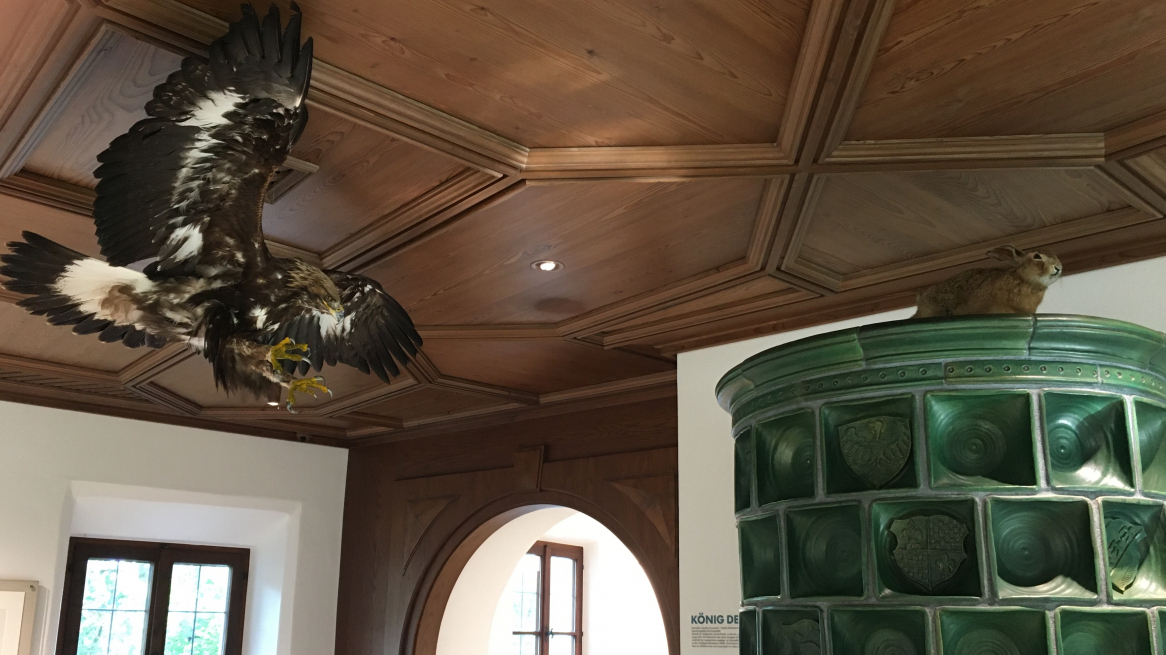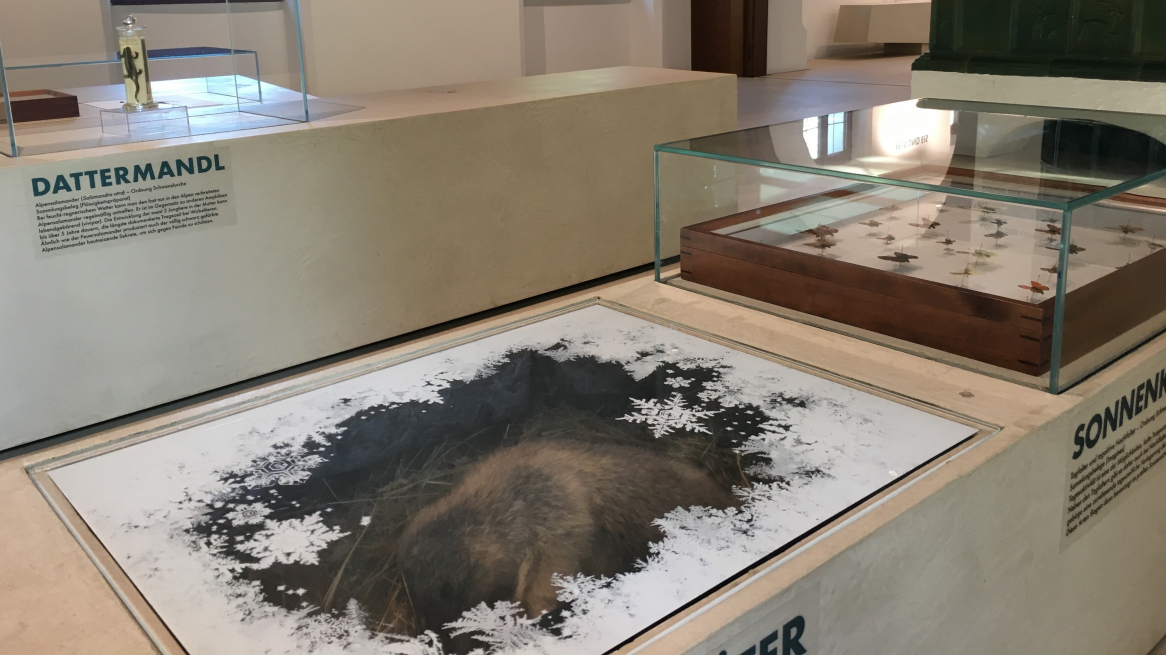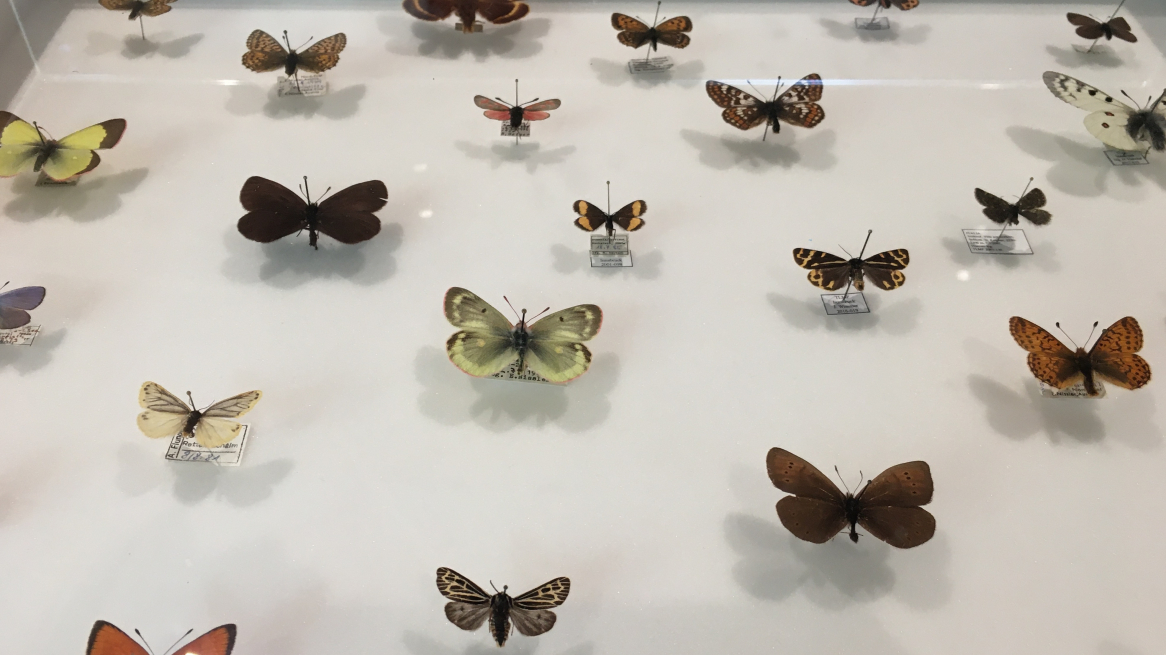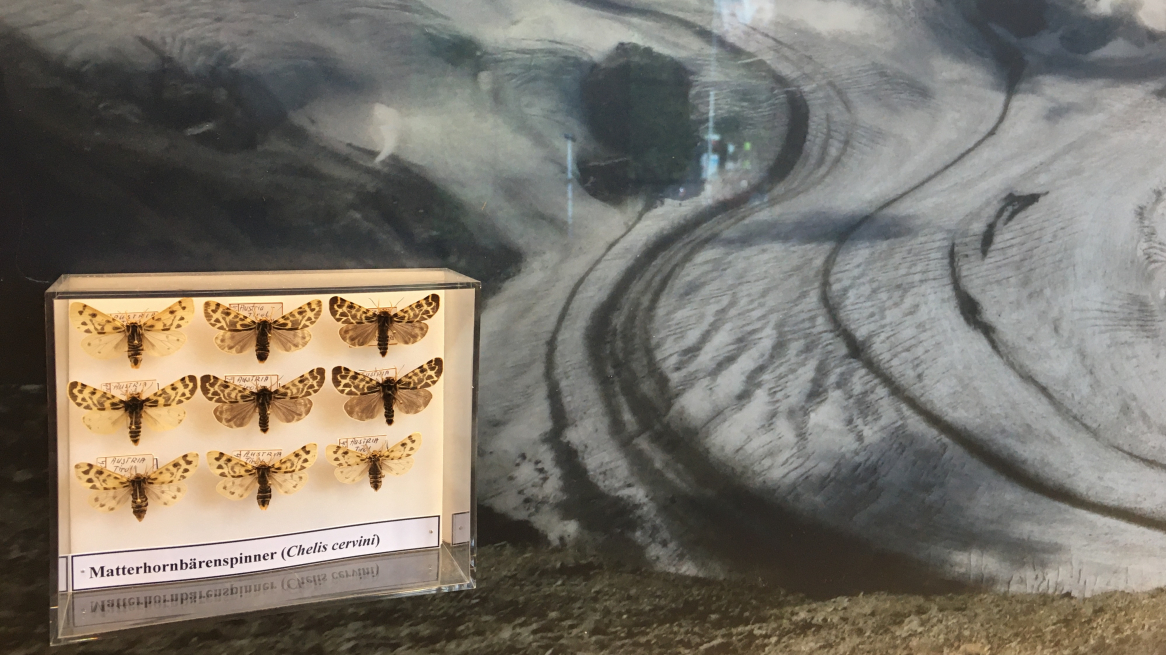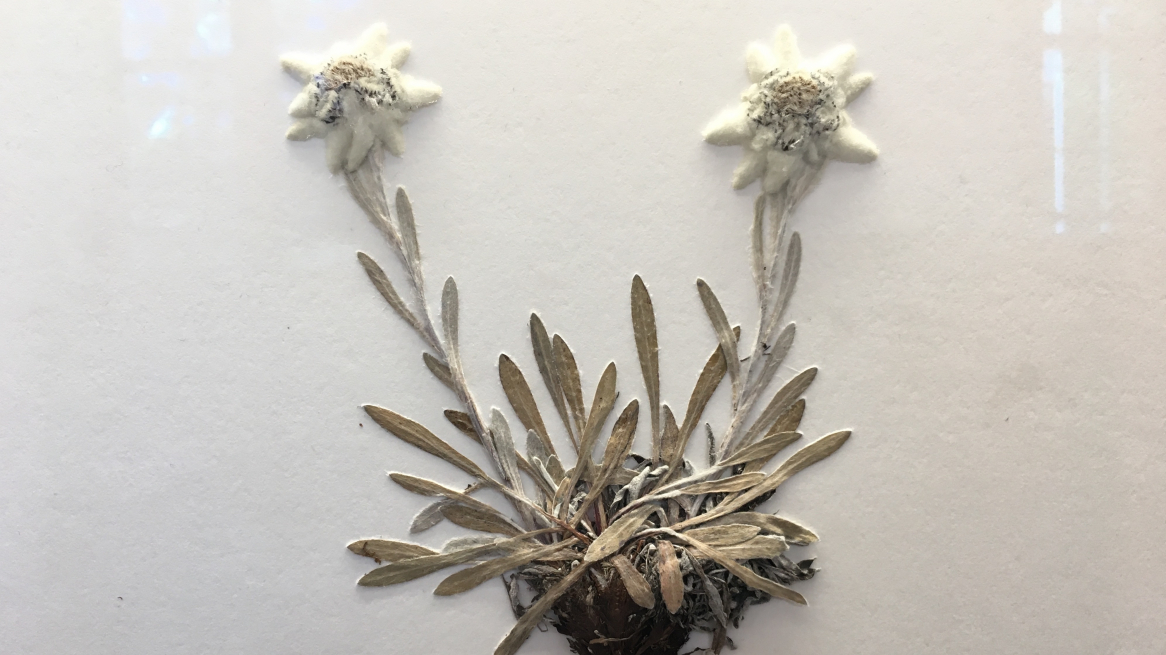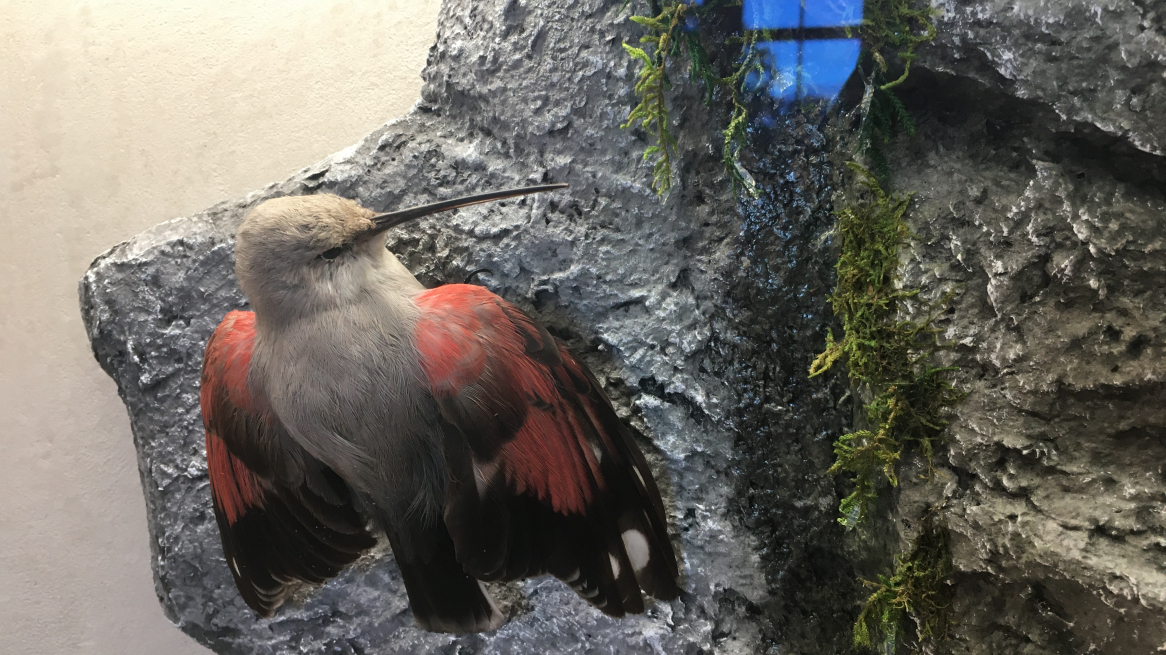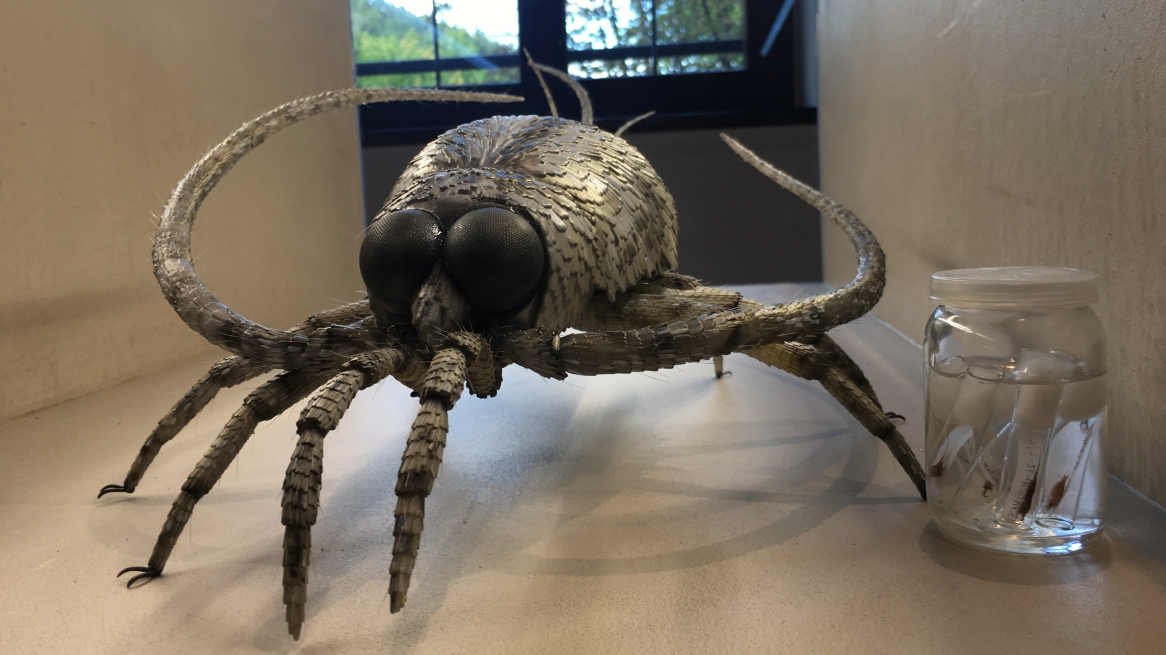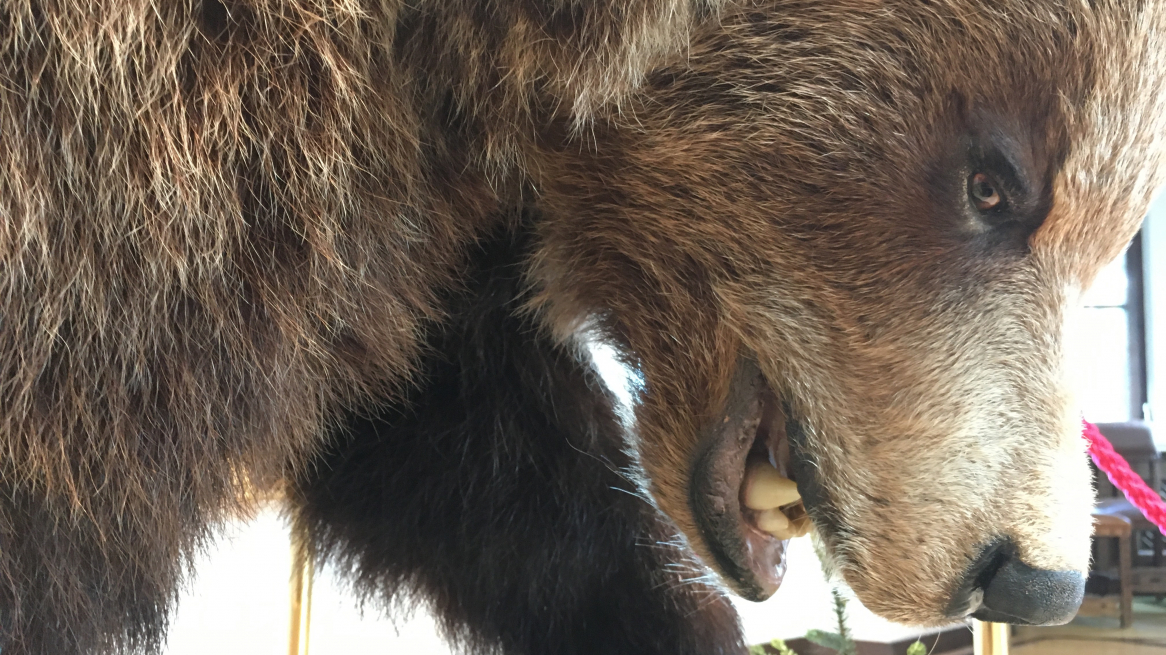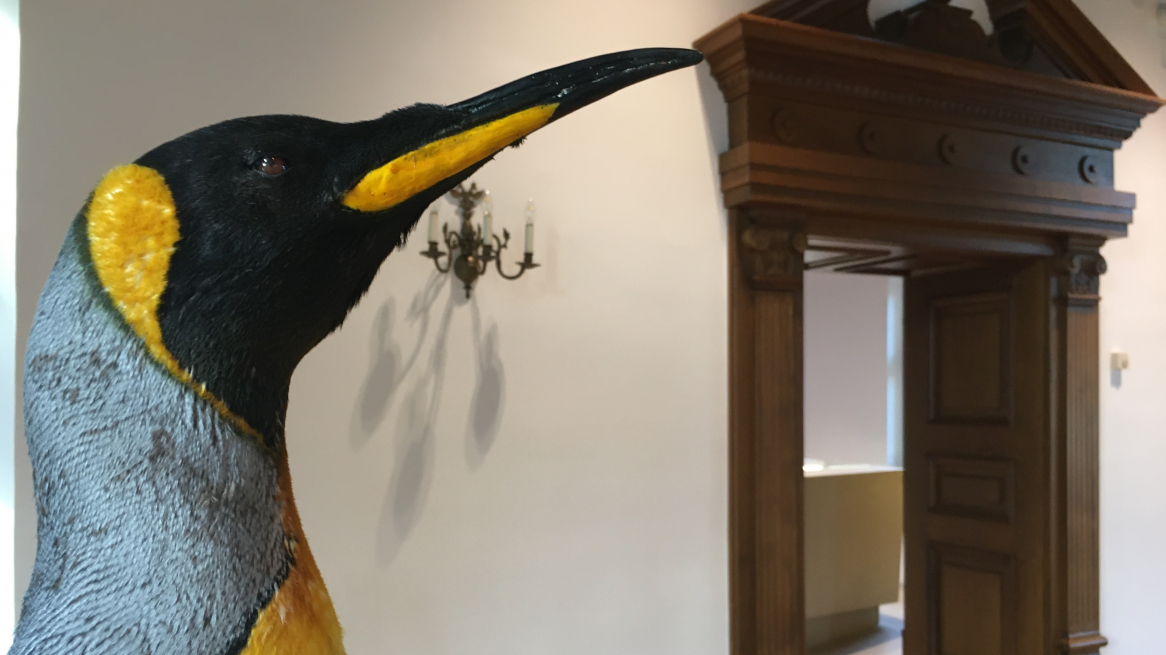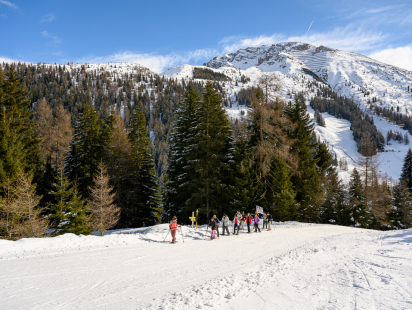Similar articles
Spring has arrived and the snow has started to melt in the mountains. Spring flowers and trees…
Mrs. Holle has generously provided us with a fresh blanket of snow. An impressive 50 centimetres fell…
The barn with the ski rental on Igl's village square is getting a bit long in the…
The "White Roof" a.k.a. the Axamer Lizum If you've always wanted to try snowshoeing, this is the…

